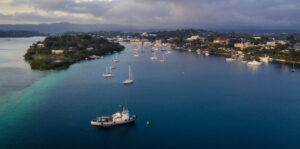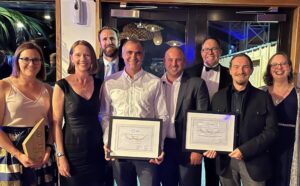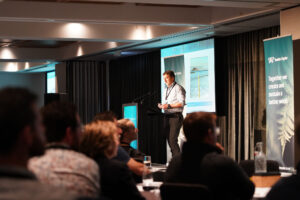Water New Zealand Stormwater Conference, 2021, Tauranga
It can be challenging for designers and constructors to integrate fish passage at culverts whilst simultaneously satisfying hydraulic, project, and construction requirements. The inclusion of fish passage into the hydraulic design of culverts is complex but can provide ecological benefits that are essential to the lifecycles of numerous aquatic species and the respective ecosystems that they live in. The Peka Peka to Ōtaki Expressway will replace a 13km stretch of existing State Highway 1 (SH1) and traverses several catchments of varying magnitude and associated watercourses. Show more…The project’s culvert and fish passage detailed design package was completed in 2017, pre-dating the NZFPG, the New Zealand Fish Passage Guidelines (NIWA, 2018). Fish passage measures were proposed for each structure based on a combination of resource consent conditions, project requirements, and available design references at the time. The design approach balanced hydraulic design, project, and construction requirements whilst relying on informed judgement in the absence of comprehensive New Zealand-based fish passage guidance. Examples of the fish passage measures implemented include culvert embedment below the natural stream bed level, natural and artificial substrates placed in the culvert barrels, grouted rock, rock climbing holds, and sloped cross-section inverts for both culverts and newly constructed channels.
This design-build project is approaching completion of construction, with many of the fish passage measures now installed. Construction monitoring has highlighted successes and challenges of implementing fish passage in complex and variable natural systems as part of a major civil engineering project. This paper presents as-built examples and shares key learnings regarding factors for success. The value of a clear design philosophy and integrated approach to fish passage is highlighted. Other important factors for success include understanding geomorphological, fluvial and sediment transportation processes, rigorous construction monitoring, and establishing a unified understanding between the designer and contractor. Show less…




















